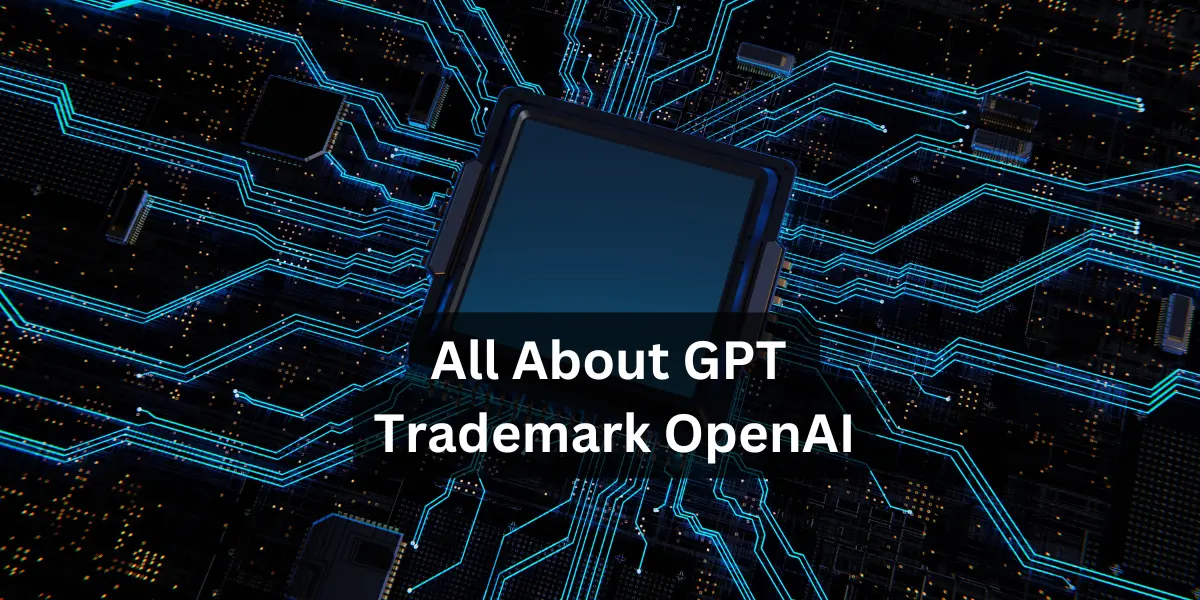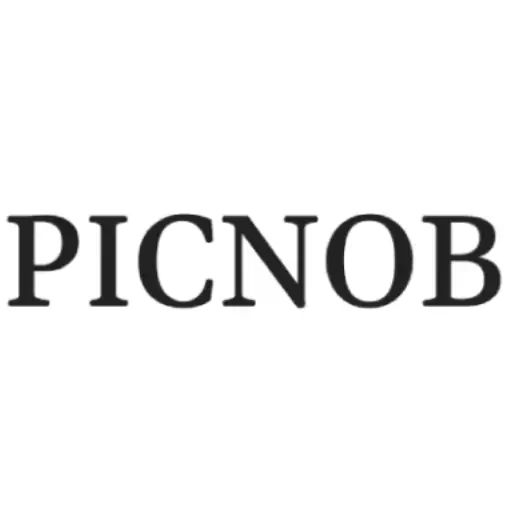
All About GPT Trademark OpenAI
What is GPT Trademark OpenAI?
GPT Trademark OpenAI is a GPT i.e Generative Pre-trained Transformer, an AI model developed by OpenAI. GPT Trademark OpenAI helps computers understand as well as generate human-like text.
The term “Generative” refers to the fact that the model can not only analyze the data that has been fed to it, but can also create new content and generate text.
“Pre-Trained” means that the model was trained a lot with content from the internet. This helps the model understand languages and topics easily.
“Transformer” refers to the architecture used in the model. This allows the model to analyze words in a sentence and how they relate to each other, no matter where they are placed.
OpenAI owns the trademark for GPT i.e. no other institution or company can use this name and if other products have the same name they will be owned by OpenAI only. This will ensure people that they are using the right brand of technology and not a duplicate.
GPT can be used for various purposes, for instance, multilingual chatbots to answer questions, it can be used as a tool to write mails, articles and stories, it can also be a tool used to translate various languages.
Usage of Chat GPT Trademark OpenAI
Trademark refers to a symbol or a name owned by a company that it uses to identify and differentiate its products. Trademarks sets a company’s physical and digital products and content aside from others. This method protects users from using any duplicate applications or products. It also helps the company protect its reputation by making sure all products related to their trademark hold high quality and cater to the target needs of their regular users.
This is important for OpenAI because there are many AI tools out there, but the GPT trademark sets their product aside from others.
Applications of OpenAI GPT
The GPT technology can be used in various industries and areas such as:
- Healthcare
- Education
- Customer Care
- Content Creation
- Advertisement and Marketing
- Language Translation Tool
Healthcare
GPT can answer patients queries by analyzing the symptoms faced by them i.e like a chatbot. It can also improve healthcare by helping the doctors, analyzing patient data and performing daily repetitive tasks, leaving more time for the doctors and medical students.
GPT can summarize research studies and provide details about any upcoming health conditions. This helps the professionals stay informed.
It can also assist with scheduling appointments. Patients can use it to book their visits or cancel them without needing to contact anyone. This provides flexibility of time i.e. the bot can be used anytime and it doesn’t matter whether the clinic is open or not.
Education
GPT can offer tutoring services i.e. answer their doubts and explain complex terms in simple language without them needing to contact anyone. This ensures that all the questions of young learners are answered immediately as the bot doesn’t have a time restriction and can be used anytime anywhere.
The technology can also prepare study material as it can generate the learned data in an organized manner. This in turn saves time for both students and teachers. It can also summarize long stories when it comes to literature and novels.
GPT helps students write assignments and articles using proper grammar and suggests ideas for topics. It can also help in language learning as GPT knows about around twenty languages. It can provide vocabulary exercises as well as translations.
Customer Care
Chatbots can provide a 24/7 customer service where customers can ask queries anytime of the day anywhere. This eliminates the traditional time restriction where they had to wait for the business hours in order to call an agent, even for a simple doubt.
Customers do not have to wait around for human agents. These chatbots give instant replies to the queries saving that precious time of yours. GPT will probably already have a section of FAQs i.e. frequently asked questions with detailed explanations about the product, the services provided by the company, the return policies, the guarantee and warranty of the product, etc.
A multilingual service support can be provided by the chatbot hence helping the company expand their customer base. GPT can also do a feedback collection after every product purchased helping the company to improve their service without needing to contact every customer out there.
Content Creation
GPT can help with content creation by generating and brainstorming new ideas for blogs, posts, videos and other social media content. It can also help a beginner learn how to make and post new content if they are not very technically educated.
It can also help with SEO Optimization by suggesting topics that are more searched. This will help your content rank better. GPT can also help with proofreading and editing after a draft is written, draft writing as well, content summarization, scriptwriting, giving feedbacks and suggestions for improvement in the weak areas of the content, and tailor posts to make them catchy as well as engaging according to different social media platforms.
Advertisement and Marketing
GPT offers various services in this field like generating persuasive ad copies for different social media platforms. This can help a company attract the attention of more audiences and business. It can also analyze the target audience and provide personalized content for specific groups.
Other things it can help with are social media management i.e. answering comments and creation of content using hashtags, providing campaign ideas, SEO optimization, email marketing, research of the current trends, analyzing and feedback generation.
Language Translation
GPT can help in the process of learning a language by providing vocabulary and grammar exercises. It can also help communicate people better with the help of language translation. Chat can translate text immediately making it easier to understand the other person while traveling and other situations.
GPT speaks over twenty languages. Some of the most common languages spoken by GPT apart from English are Japanese, Hindi, Korean, Chinese, Arabic, Turkish, German, Italian, Spanish, French, Portuguese, Russian and Dutch.





